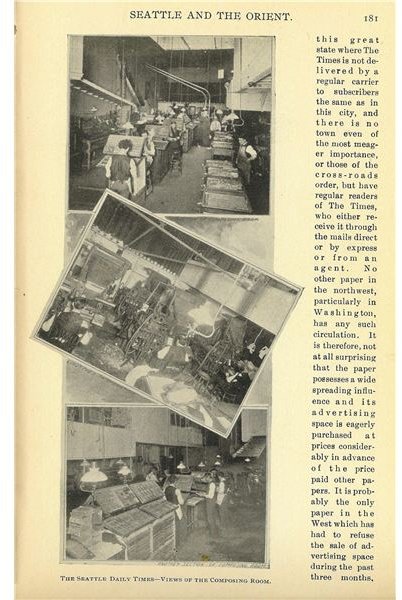Discover the Best Design Principles for Alignment in Layouts
Alignment and Layouts: Perfect Together
Alignment is a principle that will help you consistently produce high quality layouts. Without being attentive to alignment, layouts can
appear random and haphazard, but with it, they appear orderly and purposed, visually communicating the feel of competence and value.
Most people will not pick up your publication and say, “Wow, this alignment is great!” In fact, alignment is one of the unsung heroes behind the scenes that will scream, “Pick me up and read me” to your audience louder than others. By using concept of alignment in your layout, you give it the feel of an integrated system, not just another printed page. You connect thoughts visually, assemble objects in groups and provide organizational structure through alignment.
With the importance and usefulness of alignment understood, following are a few basic principles that you can use to begin making layouts that are more effective.
Image Credit: Wikimedia Commons/Jmabel
Your Alignment Toolbox
Several tools of alignment are available for your use. You can create left and right margins on your page layout for purposes of alignment as well as vertical margins at the top and bottom of your layout. You can align columns horizontally, using them to place and organize both text and graphics on your page. As with horizontal alignment, vertical alignment can be used to govern an entire layout or sections of it.
Edges of objects can be used to align the various edges of objects relative to each other. Similarly, the center points of objects can be used to align objects with each other either horizontally or vertically.
Visual alignment is the most subjective of all alignment tools because it emphasizes making your layout appear to be aligned even if it technically is not aligned at all. An example of where visual alignment is often needed is when hanging punctuation throws of alignment within text objects.
When creating layouts using computer software, you can create grids and guides to help you enforce alignment on your layout. Although multiple alignment approaches can be used on a single page, best practices suggest that keeping them to a minimum avoid a disorderly, undisciplined appearance.
Best Design Principles for Layout and Alignment
The following are some of the best principles when using alignment on your layout.
1. Concentrate images on a layout together to connect them in one unified, perceptible object rather than placing them randomly on a page.
2. Count your elements. Choose even numbers of text and graphics elements when creating formal publications while saving odd numbers of elements for creative, dynamic publications.
3. Use the rule of thirds to align your objects. The most important objects should be aligned centered on the intersection of your horizontal and vertical guides.
4. Be consistent. Define your alignment for the various types of pages in your publication and stick to it. Too many variations risk giving your work a cluttered, messy, amateur feel.
Summing it Up
As you go about your work, pay attention to alignment. Here you have read about just a few of the best design principles using layout alignment, so once you use these, you may want to study alignment even more so you create the best possible publications.
